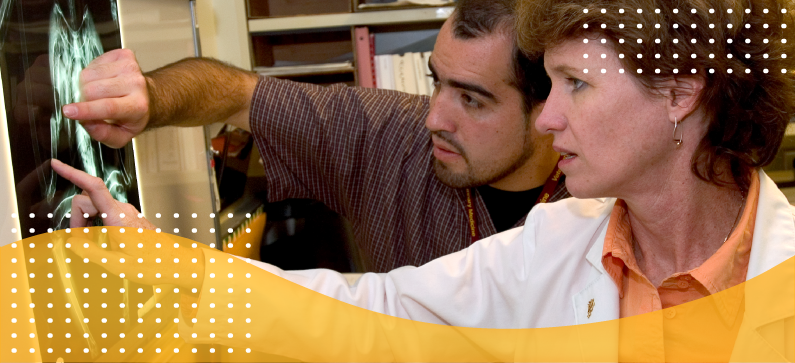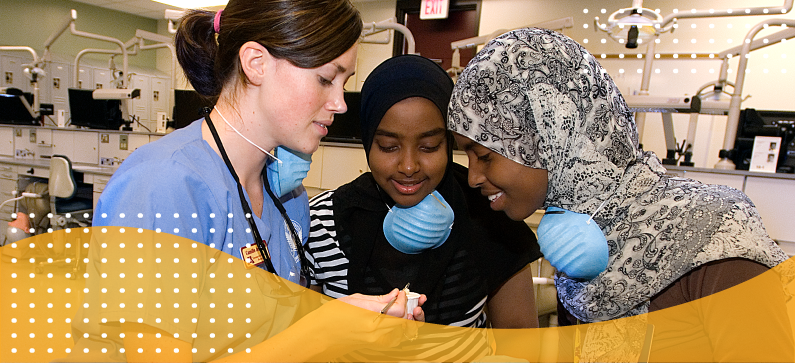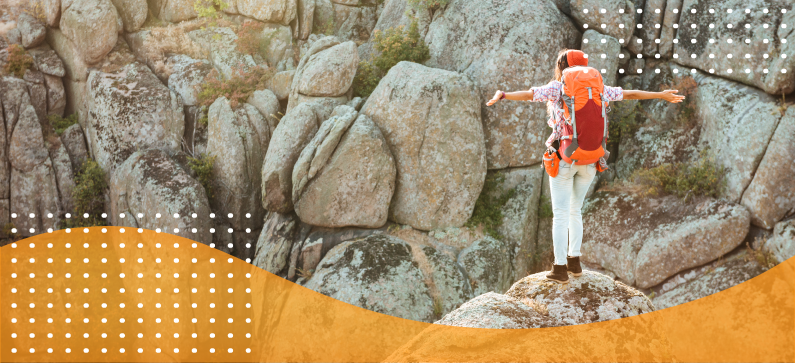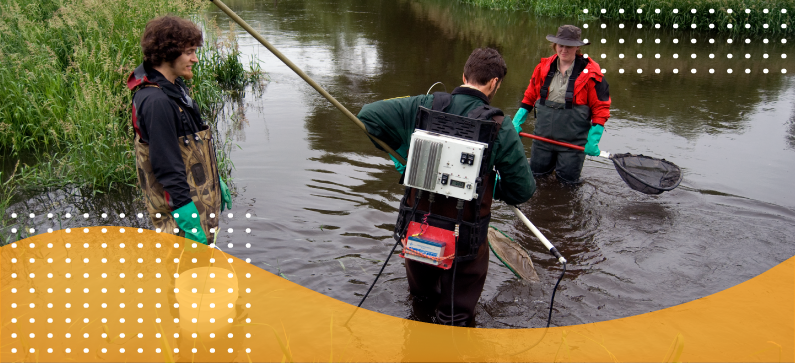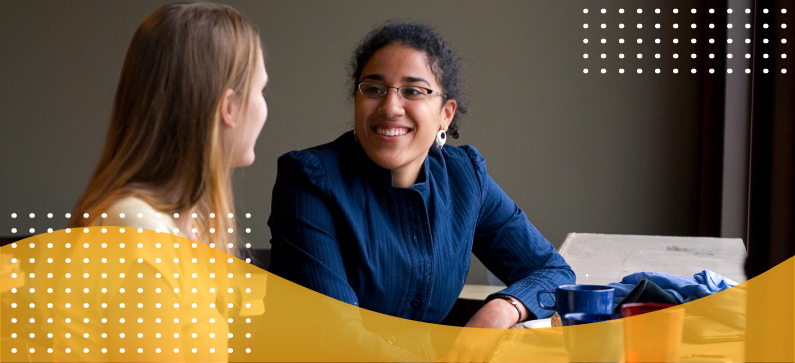Investigation of Coping Strategies During the COVID-19 Pandemic
In December 2019, a novel coronavirus referred to as coronavirus disease 2019 (COVID-19) initially emerged in Wuhan, China. The COVID-19 pandemic has led to an increase in unemployment, school and business closures, and the enforcement of stay-at-home orders. Moreover, ongoing public health measures, such as working and learning from home, have placed large numbers of people in situations that have led to worse mental health outcomes. Previous research has demonstrated that epidemics and disasters cause many people to report symptoms of insomnia, depression, and anxiety as well as significant distress. Our study aims to investigate the coping strategies that were implemented by University of Minnesota students, faculty, and staff at the beginning of the pandemic. In this study, we analyzed data from the first wave (between April 13-26, 2021) of the longitudinal mixed methods COVID-19 Wellness Study. Through qualitative coding survey responses, we found that being outside, getting exercise, and virtual social connection were the most utilized coping strategies among our participants. We hope that by determining the most frequent coping strategies, universities may be more knowledgeable about how to best support their students, staff and faculty.
